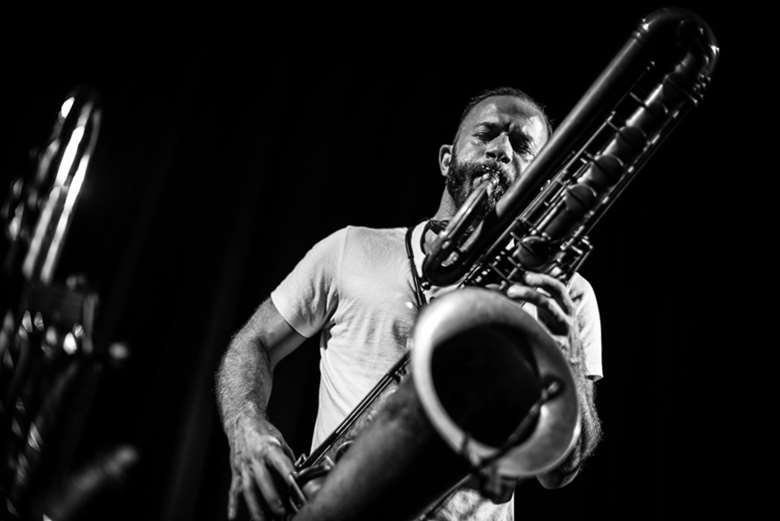Hats off for Stetson's big blowout at Brighton's Duke of York
Thursday, September 7, 2017
Colin Stetson has enough draw to fill this arthouse cinema on a Sunday night; his collaborative discography reads like the tracklist for a Starbucks compilation full of bands who make the sort of poignantly uplifting, evocatively progressive music often associated with hipster-indie movies, from Bon Iver to Arcade Fire to Feist to The National, so it's a fitting choice of venue.


Register now to continue reading

Thank you for visiting Jazzwise.co.uk. Sign up for a free account today to enjoy the following benefits:
- Free access to 3 subscriber-only articles per month
- Unlimited access to our news, live reviews and artist pages
- Free email newsletter